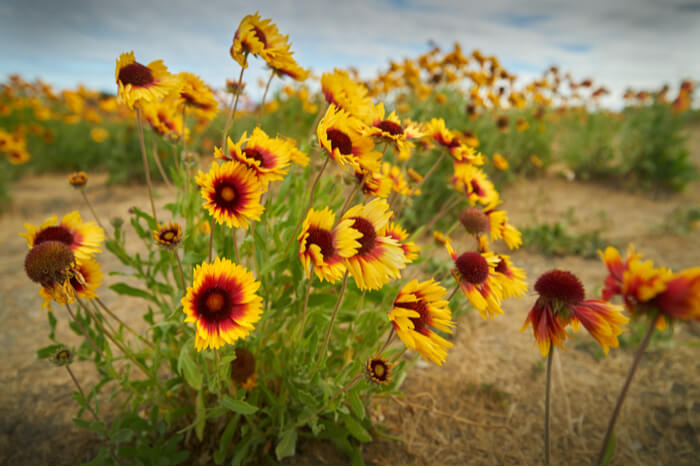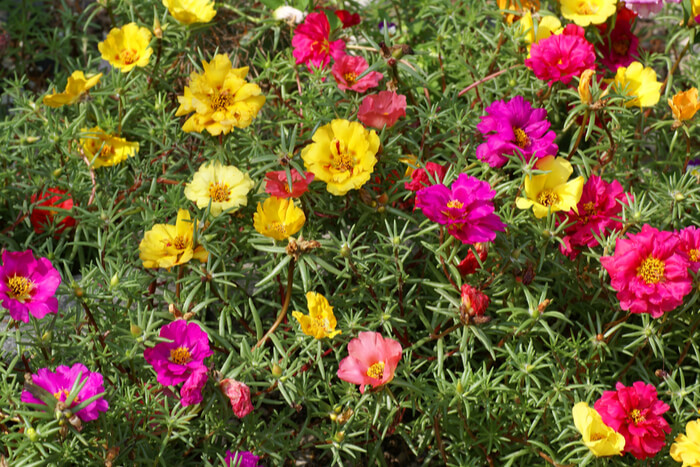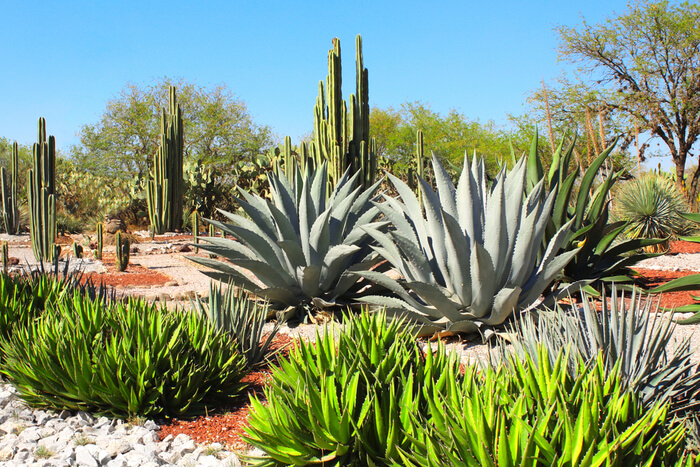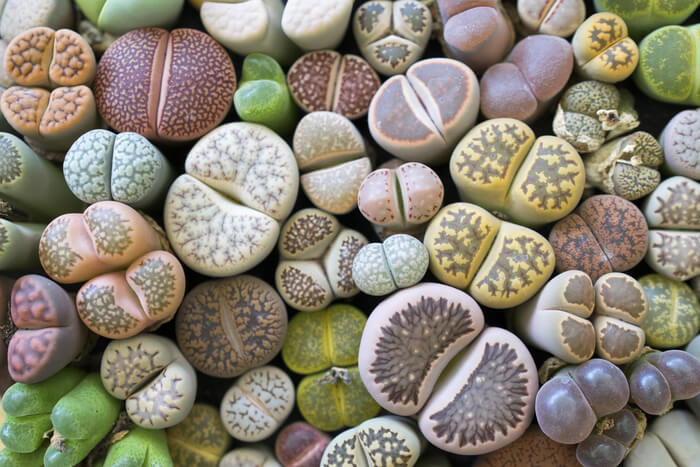Gardeners growing plants in arid areas face many challenges which are unheard of in humid regions. For most people the difficulty comes in with soil drainage and frost. But for people in arid areas, there is more to consider than this. Being successful in gardening in such regions calls for lots of practicality. And you also have to be creative in designing your garden. However, it is not all bad news when it comes to gardening in dry areas. For one, plants that grow in such areas have lots of water-saving traits. That means that you use less water in caring for them. Also, they adapt to temperature changes quickly, and they call for fewer efforts regarding maintenance. If you live in a hot area and would like to know more about suitable crops, read on for mo re details.
re details.
What Plants Should You Get?
When growing plants in a dry area, your best bet lies in drought-resistant crops. Now, this may seem limiting, but it is actually a good thing for you in the end. You see, everyone will face challenges with their garden at some point. It could be that the drainage is terrible, and there is a need for amends, or the soil is too heavy, or maybe the shade is too much and is wreaking havoc on the log cabin. Whatever it is, there is always a way around this. It all starts with knowing what the issue is. And in this case, it is the dryness of your garden.
Thus, you need to choose plants that can work with in such a climate. Also, you should consider the maintenance needs of the plants. Drought-resistant plants can store water for long periods. This feature enables them to go days, weeks, and months without water. The little that they get, they store in some parts such as the stem. In this way, you can save the little water that you have and dedicate it to other uses. You need a plant that will not require irrigation much and one that can make do with the little rainfall or occasional watering. You also save money in the process.
These plants also adapt based on the climate. The good thing about them is that you can get varieties that add to the beauty of your yard. You thus enhance the aesthetics of log cabins (check there log cabins) and your outdoors while preserving the plants. Some of these plants have deep taproots. They are therefore able to reach far into the ground, getting to the water table. They thus require less watering and can grow even when you do not water them.

Others have little foliage. The beauty of this is that they lose less water through evaporation and this amounts to less watering. Others come with waxy coatings on the leaves and stems. These features serve to retain the moisture in the plants while slowing the growth rates.
When choosing plants for dry areas, you will find that many people opt to have cactus. While it is a great choice which can withstand the harshest of droughts, you will find that there are many more varieties. Thus, if you wish to try out other plants, you can do so without risking the look of your yard. There are many sizes and forms out there. You can visit your local nursery for options or check online to see what catches your eye.
Suitable Plants
Before buying any plant, you should consider the zone requirements. These needs will act as a guideline, enabling you to know if the plant can survive in your region. Some plants do best in dry and hot climates while others thrive in cold ones. Thus, be sure to consider this.
When growing plants in an arid garden, you can consider the following options:
Agave
These plants can store water in their thick foliage. They can thus go for long periods without the need for watering. Additionally, their roots can reach beneath the soil surface to the water table. The sharp edges on the leaves also come in handy in preventing the evaporation of water. Using these plants in landscaping is a great idea. For one, they have a unique appearance, which makes them lovely sights. Also, they require little in the manner of care.

Moss Rose
This plant also goes by the name Portulaca. Now, this is an excellent choice for anyone dealing with dry and poor soil. With this plant, there will be no need for amends. The initial stages require some warmth for it to thrive. All you have to do is give it time to stabilize, and you can then let it be. It features thick succulent leaves which can hold water over long periods and you can thus make do with minimal irrigation. The good thing about it is that there is an array of colors from which you can choose.
Blanket Flower
This plant is quite easy to propagate owing to its few needs. Beginners will be happy to know that almost anyone can manage to grow this flower. What you need is a sunny area and watering now and then. It blooms in the autumn and the summer and grows in both cold and warm climates. As long as you live in USDA Zones 3-10, this beauty will thrive with ease.
Lithops
These plants have a unique appearance, one that resembles stones. It is for this reason that people sometimes refer to them as living stones. Where you live in a dry area, these are excellent options as they require minimal watering. They are also easy to grow and maintain, and you can do so from the comfort of your log cabin.

Bougainvillea
Who would believe that this colorful shrub can survive even the harshest of dry spells? Well, it turns out that it can resist the effects of dry weather. Growing it is a simple task that will not call for much maintenance work. The good thing about it is that once its roots take hold, nothing will stop it from thriving. Not even the lack of water.
You can also consider growing Verbena, Wallflower, Lantana, Poppy, Sage, and Oleander. All these crops will survive dry conditions without much effort on your part. All the best!
